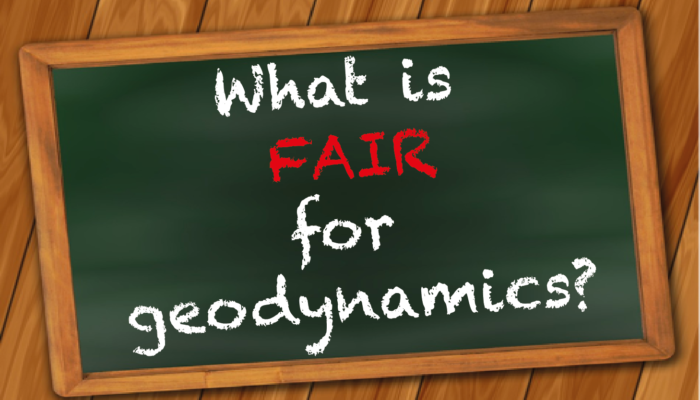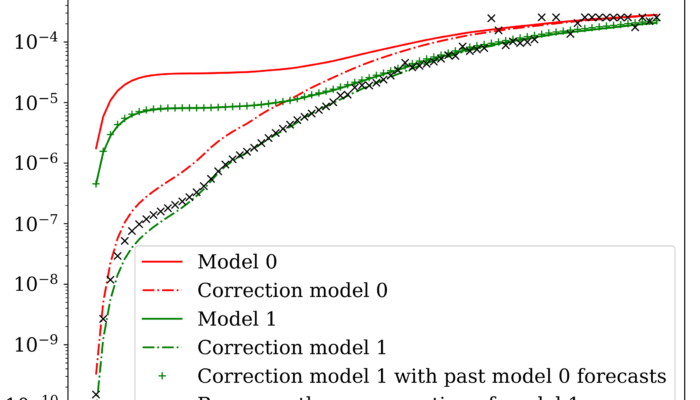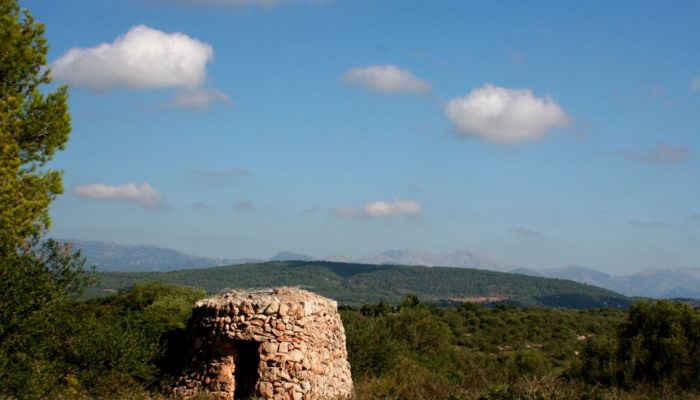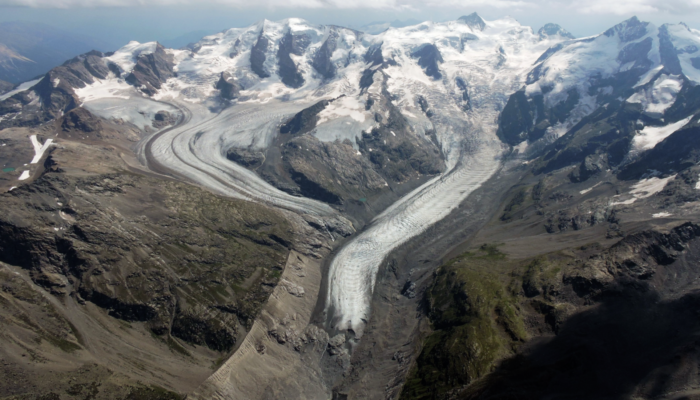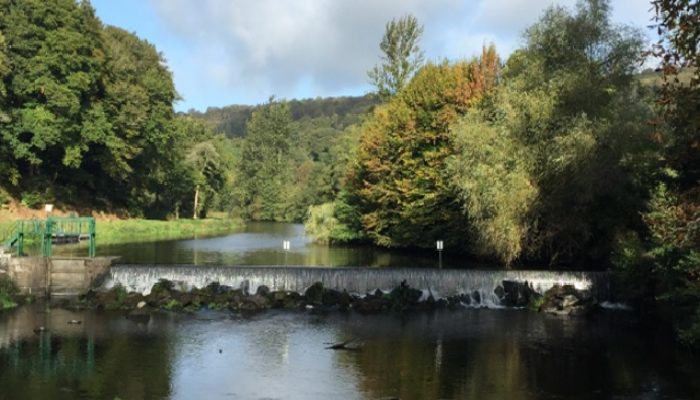On the matter of code choices, Alexa could have asked Siri, but instead chose an old-fashioned medium of enquiry compatible across all operating systems and wrote in to ask: Should I perform my research with an in-house code, an open source code or a commercial code? Dear Alexa, As a famous novel does not quite begin, it is a truth universally acknowledged that a geodynamicist in possession of a g ...[Read More]
Geodynamics
What is FAIR for Geodynamics?
A very important part of science, which is getting more and more attention, is how to share and manage our data. This week, Adina E. Pusok, Postdoctoral Researcher at the Department of Earth Sciences, University of Oxford, shares thoughts and tips on how to make our science fairer. So, what is FAIR for Geodynamics? This is a big question! I would say that what is fair for geodynamics is fair for a ...[Read More]
Nonlinear Processes in Geosciences
NPG Paper of the Month: “Correcting for model changes in statistical postprocessing – an approach based on response theory”
This month the NPG Paper of the Month award is achieved by Jonathan Deameyer and Stéphane Vannitsem for their paper “Correcting for model changes in statistical postprocessing – an approach based on response theory” (https://doi.org/10.5194/npg-27-307-2020). Jonathan did his PhD in statistical mechanics at the Université Libre de Bruxelles under the supervision of Pierre Gaspard and he is currentl ...[Read More]
Natural Hazards
In between Natural Hazards and Heritage, interview to Maria Bostenaru
In today’s interview, we talk with Dr Maria Bostenaru. Maria is an architecture engineer interested in the complex relationship between urban areas, natural hazards, and heritage. She tells us how she thinks that involving more humanities, which include, for example, the study of languages, literature, archaeology, together with information technology solutions, may result in new important a ...[Read More]
Climate: Past, Present & Future
Glacier retreat and music
In virtually all parts of the world glaciers are retreating, and this is often considered to be one of the clearest signs of global warming (e.g. Leclercq and J Oerlemans, 2011). Glaciers started to shrink in the second half of the 19th century and, apart from some minor interruptions, this development has continued until today. Over the past hundred years glacier melt has made a significant contr ...[Read More]
Geodynamics
The Sassy Scientist – Inclusive Mentoring 101 1.0
In anticipation of a remote and highly-sanitised new academic year, with a new cohort of virus-carrying PhDs, Chris wonders: What do you do if students come from different cultural backgrounds where student participation and discussion is not valued? Dear Chris, Easy: you jump three times and clap with joy as you just hit JACKPOT! Do you finally have a student who does not question your great wisd ...[Read More]
Cryospheric Sciences
Exploring the hidden plumbing of glaciers with Cryoegg
Plumbing is something we take for granted: the pipes that bring us water to wash and drink, and the pipes that take the waste water away again. We see the taps and basins in our kitchen and bathroom – but the pipes are hidden away under the floor or inside the walls – and we mostly ignore them until there’s a leak or a blockage! It turns out that glaciers have plumbing too – and ...[Read More]
Hydrological Sciences
Amilcare Porporato (2020 John Dalton Medallist) on agile models for complex systems in the environmental sciences
The EGU 2020 John Dalton Medal of the EGU Division on Hydrological Sciences was awarded to Amilcare Porporato for his contributions to the field of ecohydrology and for developing new theories for the analysis of soil-plant-atmosphere systems across scales. Given the online EGU 2020 GA, the medal lecture is postponed to 2021. In April, Amilcare wrote the post below to the HS community. I’m very ha ...[Read More]
Geodynamics
What controls Victoria microplate rotation in the East African Rift?
This week in News & Views, Anne Glerum, postdoc at GFZ Potsdam, discusses how her numerical models support a lithosphere-driven mechanism for the rotation of large continental microplates, like Victoria in the East African Rift System. The East African Rift System (EARS) is a newly forming divergent boundary between the Nubian and Somalian plates (Fig. 1). The plate boundary system includes se ...[Read More]
Tectonics and Structural Geology
Istanbul: The city across two continents
Istanbul – an economic, cultural, and historic centre. Its unique geography, natural resources and beauty have drawn the attention of not only geoscientists but also poets, merchants, painters, sculptors, architects, kings and emperors for centuries. Throughout its history, the city has witnessed the rise and fall of some of the world’s greatest empires. Owing to its geopolitically important ...[Read More]


